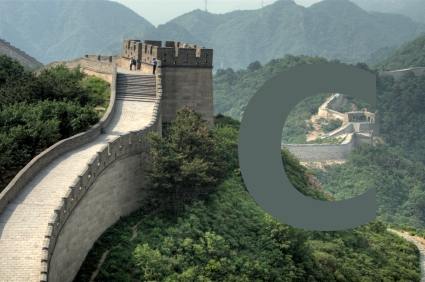Emerging Markets
![]() Brazil
Brazil
India
China
Russia
Infrastructure investments - Rebuilding your portfolio as the world
rebuilds
How we define emerging markets
In October 2006, John Authers wrote in Financial Times
What are emerging markets? The term has been with us for a quarter of a century,
during which many countries have seen fevered development and in which emerging
markets as an asset class have outperformed the developed world.
But with recent successes for emerging markets investing, definitions of the
sector have begun to fragment.
At one end of the spectrum, there is the vogue for BRIC (Brazil, Russia, India
and China) investing, initially championed five years ago by Goldman Sachs. As
far as Goldman is concerned, investing in these disparate countries, singled out
for the global influence their size should give them, is not really emerging
markets investing. They are too inter-connected with the developed world.
At the other end, there is growing interest in frontier markets so called
because it is not even clear they yet deserve to be called emerging. These have
the growth potential originally seen in the first emerging markets in the early
1980s, and almost certainly hide bargains because they are under-researched.
Hedge funds have taken to scouring through sub-Saharan Africa.
Atlantic Financial defines emerging markets as emerging economies including the
second world nations and rapidly growing economies of the BRICs, (Brazil,
Russia, India and China) as well as those listed by the FTSE Group: Chile,
Colombia,Czech Republic, Egypt, Hungary, Indonesia, Israel, Malaysia, Mexico,
Morocco, Peru, Philippines, Poland, South Africa, South Korea, Taiwan, Thailand
and Turkey.
The world is changing rapidly and significantly. Few lists of emerging markets
countries could be complete as even the mature economies have started
re-emergence after collapse and frontier market economies are rapidly entering
into the categoy of emerging market.




